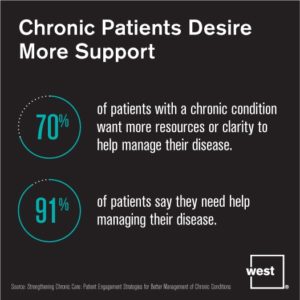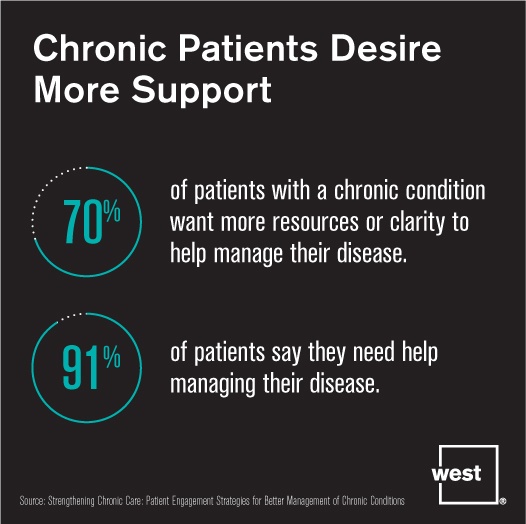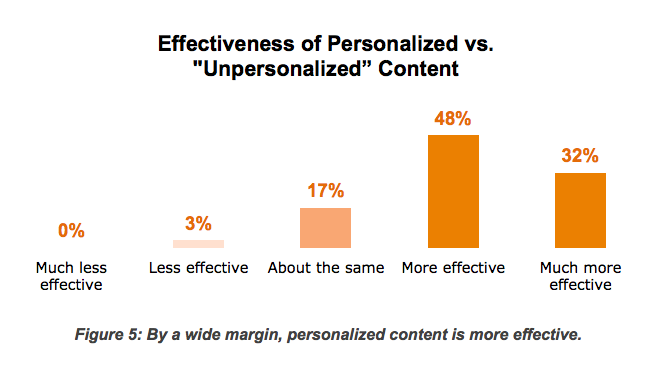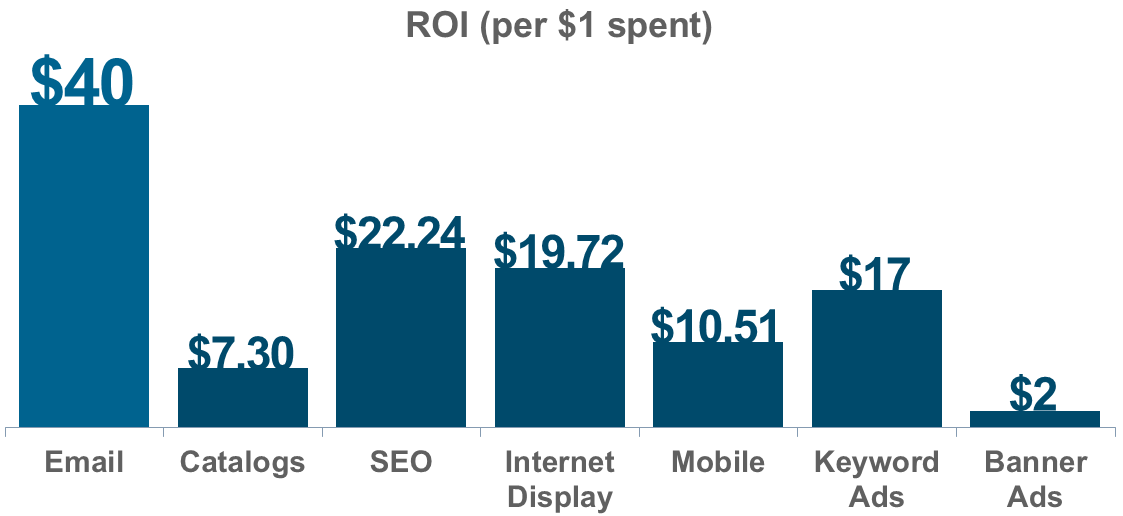How personalization technologies are helping medical practices improve patient acquisition and retention.
The healthcare industry has become increasingly decentralized and consumer-centric, thanks to shifting patient expectations and insurance policies.
As people are taking a more active role in managing their health and wellbeing, they want their healthcare providers to do more than just making a diagnosis and writing a prescription.
Today’s savvy patients are used to receiving highly personalized services from businesses and they expect the same from their healthcare providers.
Here’s why personalization is the future of healthcare marketing:
1. Deliver a holistic patient experience
Healthcare isn’t a one-off transaction with a single seller. Patient experiences often involve interactions with multiple providers and facilities over time, as well as support for personal and emotional issues.
A personalization strategy, driven by a customer data management platform, allows healthcare providers to access all the patient data at a single location. They can gain a comprehensive understanding of each patient’s history and deliver a holistic experience that includes customized recommendations most relevant to each patient.
Not to mention, personalized interactions will help you build long-term and trusting relationships with your patients and improve the quality of care.
2. Improve patient acquisition and retention
Personalization technologies can help you acquire and retain more patients by delivering the right message in the right place at the right time to the right audience.
For example, you can send highly-targeted content to patients with specific conditions and reminders for checkups or vaccinations. This will help you stay top of mind, build trust, increase patient engagement, and get more patients to return to your practice for continuous care.
When supported by a robust customer data management solution that provides a single customer view, your team can access each patient’s history and preferences in real time to improve efficiency and quality of care while reducing errors and frustrations.
For instance, by seeing all of a patient’s conditions and treatments in one place, you can help them better navigate their health insurance coverage. As you add value by personalizing patient interactions, you’ll also improve patient retention.
3. Increase patient satisfaction and word-of-mouth referrals
Personalization technologies help a medical team care for the patients more compassionately by developing personal relationships with them.
Such technologies also streamline the patient experience, making it more convenient and less time-consuming to visit a medical practice.
Patients will have more positive interactions with your practice, be more motivated to continue their care, and follow through with their treatments. This will lead to better outcomes and higher patient satisfaction.
Last but not least, most people still look for personal recommendations while choosing a healthcare provider. When you offer a highly personalized experience that improves treatment results and patient satisfaction, you’re more likely to get word-of-mouth referrals, which is often the best way to market your service.






